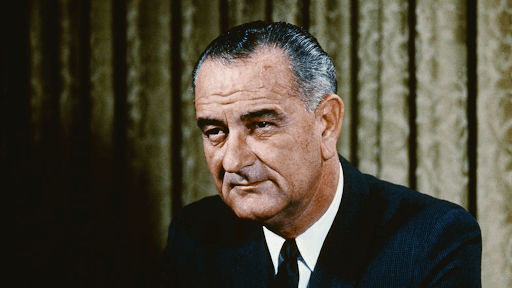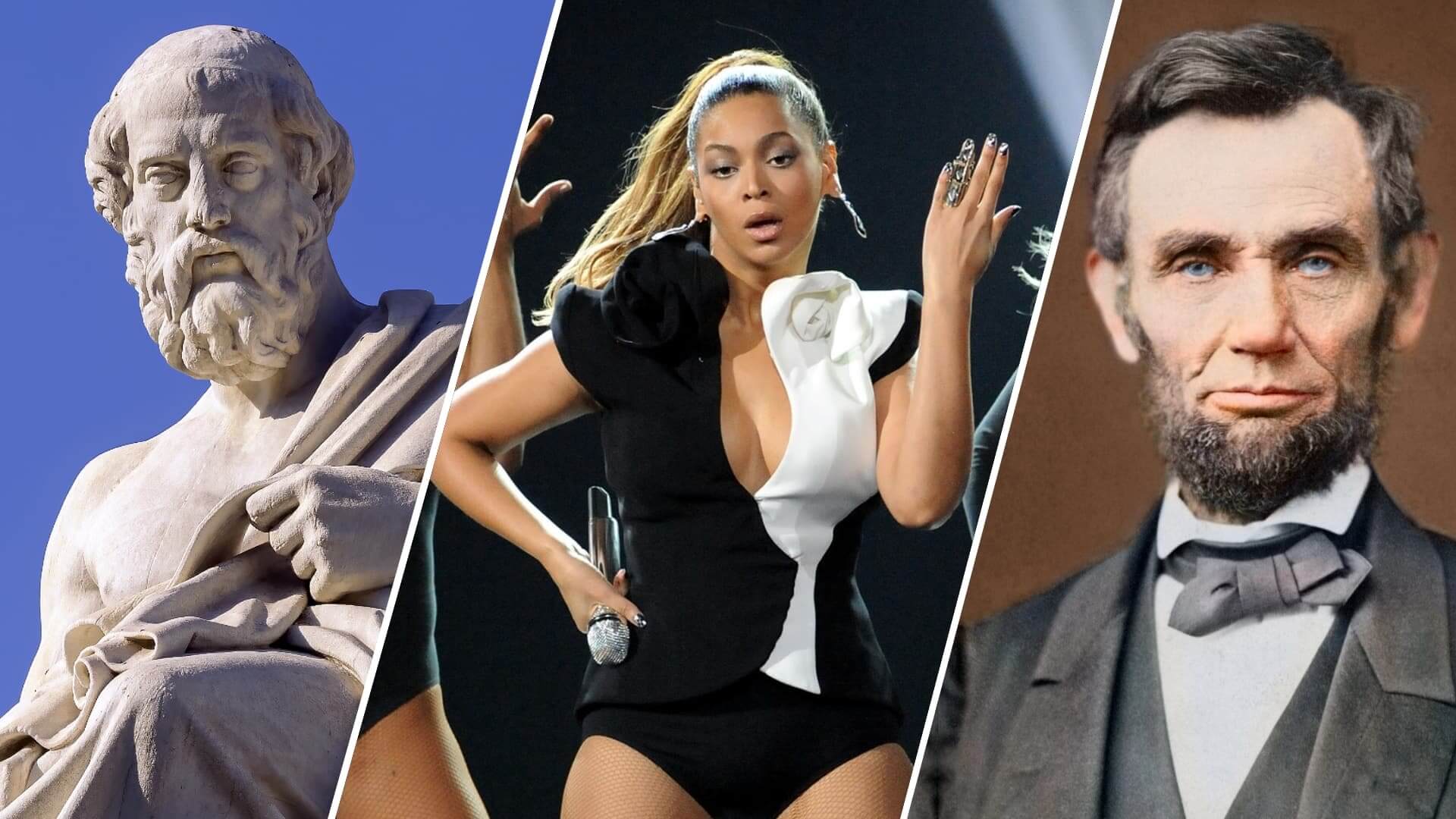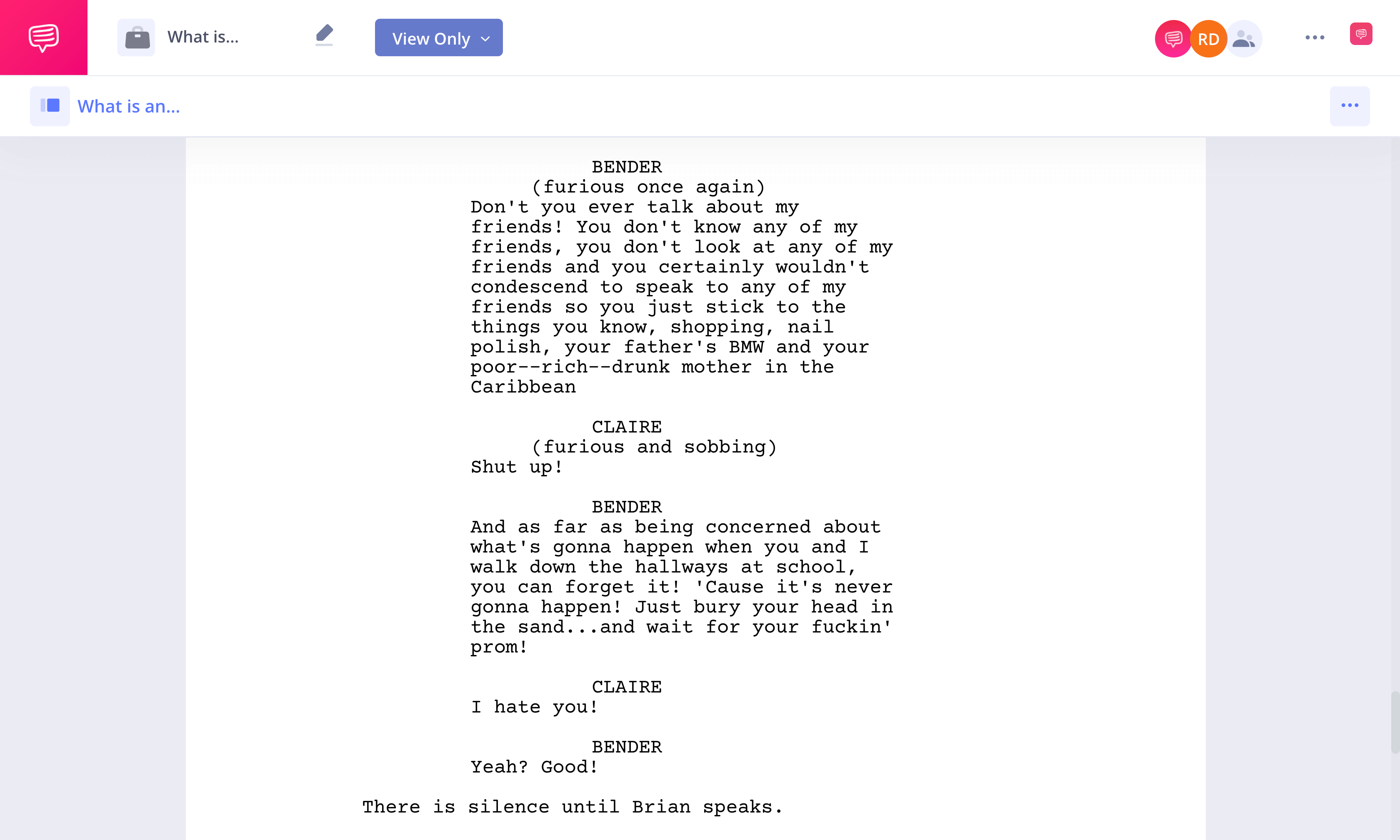Abraham Lincoln famously said that “no government of the people, by the people, and for the people, shall perish from this Earth.” But did you know that “the people” is a famous example of an epistrophe? So, what is an epistrophe? We’re going to break down epistrophes by looking at epistrophe examples in writing. By the end, you’ll know how to recognize and utilize epistrophes.
Whats an Epistrophe?
First, let’s define epistrophe
Epistrophe is a commonly used literary device – but did you know it’s rooted in Greek philosophy? Plato proposed the word “epistrophe” to mean a philosophical education through the repetition of words/phrases. This repetition – or “turning back” – of these phrases is meant to emphasize a point.
For more on the philosophical nature of epistrophe, check out this video from Oregon State University.
What is an Epistrophe? • A Literary Guide for English Students by Oregon State University
Nowadays, epistrophe is almost exclusively known as a language device. Still, it’s easy to see how the epistrophe definition has morphed from Plato’s original assertion. Now, let’s formally define epistrophe.
EPISTROPHE DEFINITION
What is an epistrophe?
Epistrophe is the repetition of a word or multiple words at the end of successive clauses or sentences. For example, the line “if you like it then you should’ve put a ring on it” from Beyonce’s ‘Single Ladies.’ This line is repeated throughout the song.
Where is Epistrophe Used?
- Music, especially choruses
- Speeches
- Literature
Epistrophe Examples
Epistrophe examples in media
Having a definition is all well and good, but to really understand what epistrophe is, let's look at some examples.
The Merchant of Venice by William Shakespeare
If there's a rhetorical device, you know the Bard has employed it. In a soliloquy from Bassanio, Shakespeare uses epistrophe to drive home his point, and give his speech a clear rhythm.
"If you had known the virtue of the ring,
Or half her worthiness that gave the ring,
If you did know for whom I gave the ring,
And would conceive for what I gave the ring,
And how unwillingly I left the ring,
When nought would be accepted but the ring,
You would abate the strength of your displeasure."
Just Like a Woman by Bob Dylan
If there's a rhetorical device, you know Bob Dylan has employed it. There's a little anaphora for you. In the chorus of Dylan's "Just Like a Woman," the singer-songwriter repeats the song's title:
"She takes just like a woman, yes
She makes love just like a woman, yes, she does
And she aches just like a woman
But she breaks just like a little girl."
By using epistrophe, the last line of the chorus hits much harder, breaking from the repeated verbiage leading up to it.
The Breakfast Club by John Hughes
John Hughes wrote some of the most iconic movies of the '80s. What made him such a successful screenwriter? One major reason has got to be his dialogue, which perfectly encapsulated the teens he wrote about and yet had a dramatic ring to them.
In The Breakfast Club script, he uses epistrophe to highlight Bender's anger at Claire. Check it out in the script, which we imported into StudioBinder's screenwriting software:
Epistrophe in The Breakfast Club • Read the entire scene
By repeating "my friends" over and over, Bender makes clear to Claire that they come from different worlds.
Related Posts
Anaphora and Epistrophe Examples
Breaking down epistrophe and anaphora
Epistrophe and anaphora are easy terms to explain because they're the exact opposite of one another.
Epistrophe is repetition at the end of successive clauses/sentences.
Example from Mac Miller's "I'll Be There": "Sunshine or rain, I'll be there/whether good times or bad, I'll be there."
Anaphora is repetition at the beginning of successive clauses/sentences.
Example from Mac Miller's "Self Care": "I been reading them signs/I been losing my, I been losing my, I been losing my mind."
Epistrophe and anaphora are often overused in rap music as an excuse to avoid complicated rhyme schemes. If you're considering utilizing epistrophe or anaphora in music, consider saving it for the chorus. Or for moments when you really want to emphasize a point, like Mac Miller did with the line "I been losing my mind."
This next video from Michigan Law breaks down the differences between anaphora and epistrophe in further detail.
What is an Epistrophe? • Rhythm: Rhetorical Repetition (Anaphora and Epistrophe) by Michigan Law
Anaphora and epistrophe may sound like complicated terms – but they’re really quite simple. Just remember: anaphora is repetition at the beginning and epistrophe is repetition at the end.
For more, check out these anaphora examples.
Related Posts
Epistrophe in Practice
Why do writers use epistrophe?
So, we've made it clear that writers love to use epistrophe. But why? Can't repetition feel clunky and unnatural?
Why say the same thing twice or three times?
First and foremost, epistrophe can help a writer make a point. Take this portion of a speech delivered by Lyndon B. Johnson:
"There is no Negro problem. There is no Southern problem. There is no Northern problem. There is only an American problem. And we are met here tonight as Americans — not as Democrats or Republicans — we are met here as Americans to solve that problem."
Johnson was speaking near the height of the political and civic turmoil in the 1960s, when America seemed by many to be fracturing. By repeating "problem" in this speech, Johnson implicitly emphasizes unity. The various communities that seemed so at odds were all Americans, and therefore their problems were America's problems.

LBJ in action
Epistrophe can also simply sound more pleasing to the ear. That's why you'll see the device so much in poetry. Take this example from Edgar Allen Poe:
"And neither the angels in heaven above,
Nor the demons down under the sea,
Can ever dissever my soul from the soul
Of the beautiful Annabel Lee.
For the moon never beams without bringing me dreams
Of the beautiful Annabel Lee;
And the stars never rise but I feel the bright eyes
Of the beautiful Annabel Lee."
Poe repeats "Of beautiful Annabel Lee" to make her the center of his poem, but also because it makes the lines much more lyrical. Imagine if you replaced the repeated lines with variations like "of the attractive woman." Let's just say this poem would be nowhere near as famous.
Epistrophe Meaning
What does epistrophe mean?
The rule of three says that things sound better in groups of three. For example: The Lion, The Witch, and The Wardrobe. Since epistrophe is a rhetorical device reliant on successive phrasing, it only makes sense that it works best with the rule of three.
For more on the rule of three, check out this video from Jon Solo.
Epistrophe Examples • The Rule of Three Explained by Jon Solo
The rule of three isn’t just effective as a structural tool – it’s effective as a repetition tool as well. For example – the Nelson Mandela quote “Let there be justice for all. Let there be peace for all. Let there be work, bread, water and salt for all” – utilizes the rule of three and epistrophe.
Speeches almost always use the rule of three; oftentimes in tandem with anaphora, and or epistrophe. Keep an ear out next time you listen to a speech.
Related Posts
Up Next
What is Repetition?
Epistrophe is just one type of repetition – there are a bunch more. In our next article, we break down repetition devices, from symploce to epizeuxis, consonance to assonance, and more. By the end, you’ll be a repetition master… a repetition master. Oops, I’m getting ahead of myself.

